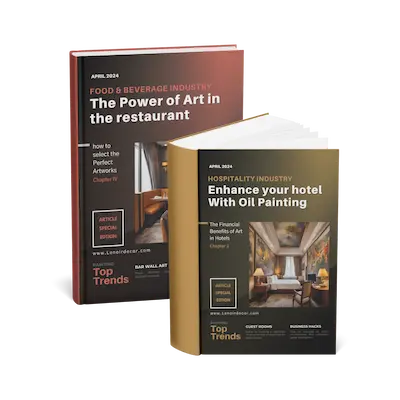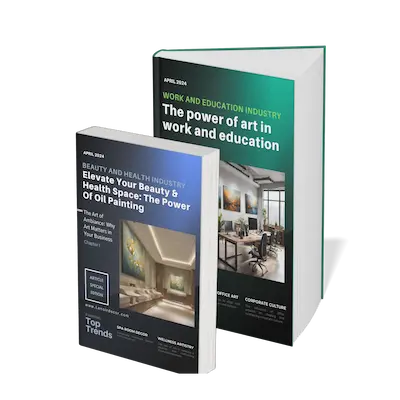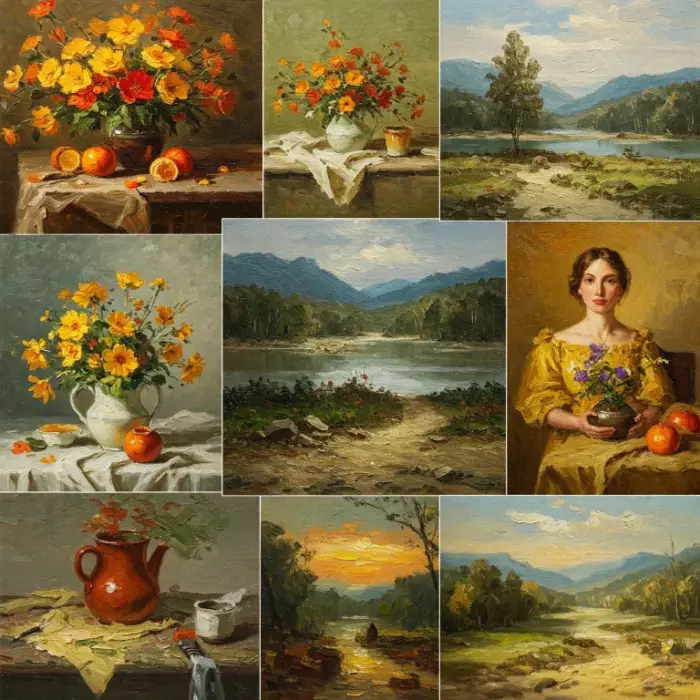Introduction: The Timeless Allure of Oil Painting Techniques
Oil painting has long enchanted both artists and appreciators with its luminous vibrancy and profound depth. This enduring medium, celebrated for centuries, holds a rich tapestry of history and innovation. Today, we embark on an exploratory journey that unveils the evolution of oil painting techniques—from the refined, meticulous processes of the Renaissance to the dramatic flair and expressive dynamism of the Baroque era. We’ll also dive into modern approaches that marry traditional wisdom with contemporary experimentation.
Oil painting techniques not only enable the creation of breathtaking images but also serve as a conduit for emotional expression and storytelling. As you read on, you will discover how artists harness light, layer of colour, texture, and emotion to capture the very essence of life. Whether you are a novice eager to take your first brush stroke or a seasoned painter looking to refine your style, this comprehensive guide promises to be an inspiring resource that embraces the poetic soul of oil painting.
In today’s art world, where every brushstroke tells a story, artists find themselves at a crossroads of tradition and innovation. The techniques developed over centuries offer a rich legacy, while modern approaches invite you to experiment and redefine your creative journey. This blend of the old and the new is what makes oil painting an endlessly fascinating realm—a realm where passion meets precision and creativity knows no bounds.
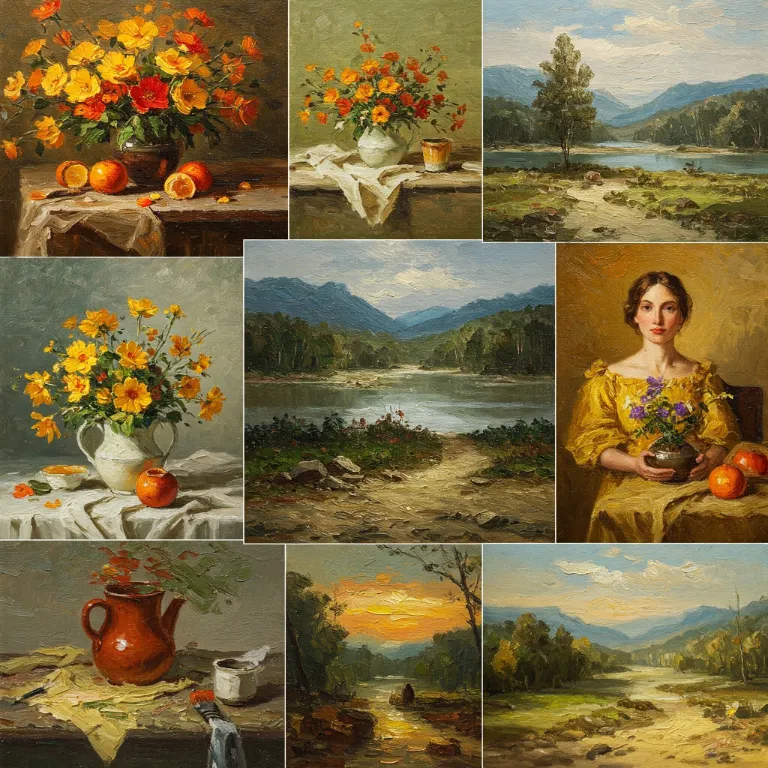
Renaissance Oil Painting: A Golden Age of Mastery
The Renaissance era stands as a testament to the transformative power of art movements. During this period, oil painting emerged as the foremost medium for its versatility and luminous qualities. Oil painters like Leonardo da Vinci, Jan van Eyck, and Raphael not only elevated oil painting to an art form but also revolutionized the way color and light were perceived.
Renaissance artists meticulously layered thin, nearly transparent glazes, allowing light to permeate each stratum of color. This technique, often called glazing, created a luminous depth and a realistic portrayal of the human form that had never been achieved before. In contrast, the Alla Prima technique, where wet-on-wet application allowed the entire piece to be completed before the paint dried, brought a certain spontaneity to the process. This duality of method—deliberate layering versus expressive immediacy—illustrates the diversity within oil painting techniques of that era.
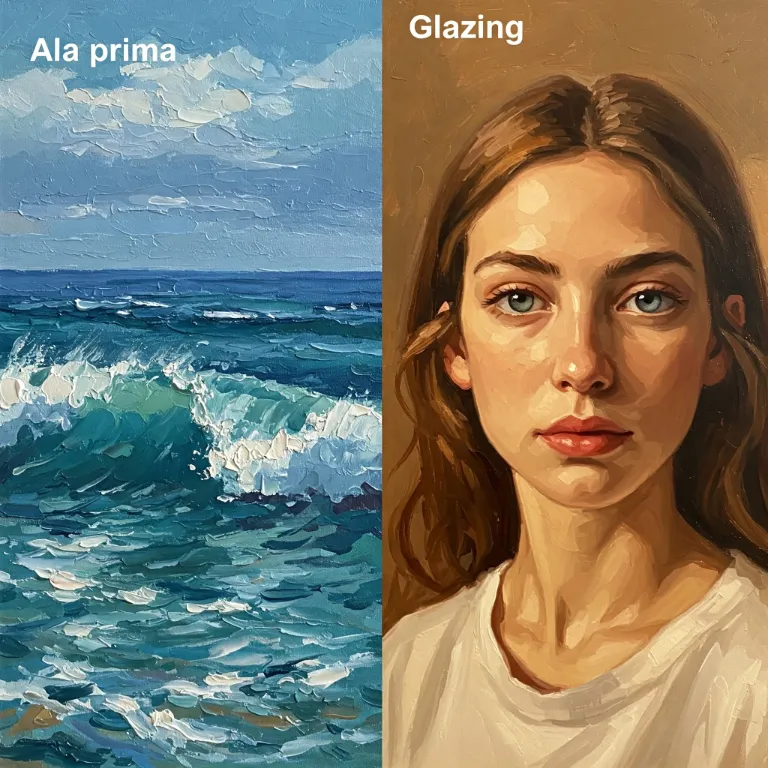
The hallmark of Renaissance painting was its deep commitment to realism and humanism. Artists studied anatomy, light, and perspective with fervor, seeking to render their subjects with an almost divine level of accuracy. The intricate details in every brushstroke were designed to capture the very soul of the subject, transforming the canvas into a vibrant narrative of life and emotion.
The careful balance of technique and innovation set the stage for oil painting to become a cornerstone of artistic expression. The reverence for nature, the interplay of light and shadow, and the pursuit of beauty were all interwoven in each masterpiece. Every work from this period is a reminder of how technical prowess and emotional depth can coexist, offering lessons that continue to inspire artists even today.
Baroque Painting: Drama, Movement, and Emotional Intensity
As art evolved, so did the need for dynamic expression and heightened drama. The Baroque period was characterized by an explosive energy that broke away from the restrained elegance of the Renaissance. It was a time when Baroque painters like Caravaggio, Rubens, and Rembrandt took the evolution of oil paintings to new, theatrical heights.
Baroque painting is best known for. its masterful use of chiaroscuro—the dramatic interplay of light and dark—which creates an almost tangible sense of volume and emotion. By emphasizing strong contrasts, these artists imbued their work with an intensity that spoke directly to the viewer's soul. Every stroke seemed to pulsate with life, drawing the eye into deep, swirling narratives of passion, conflict, and divinity.
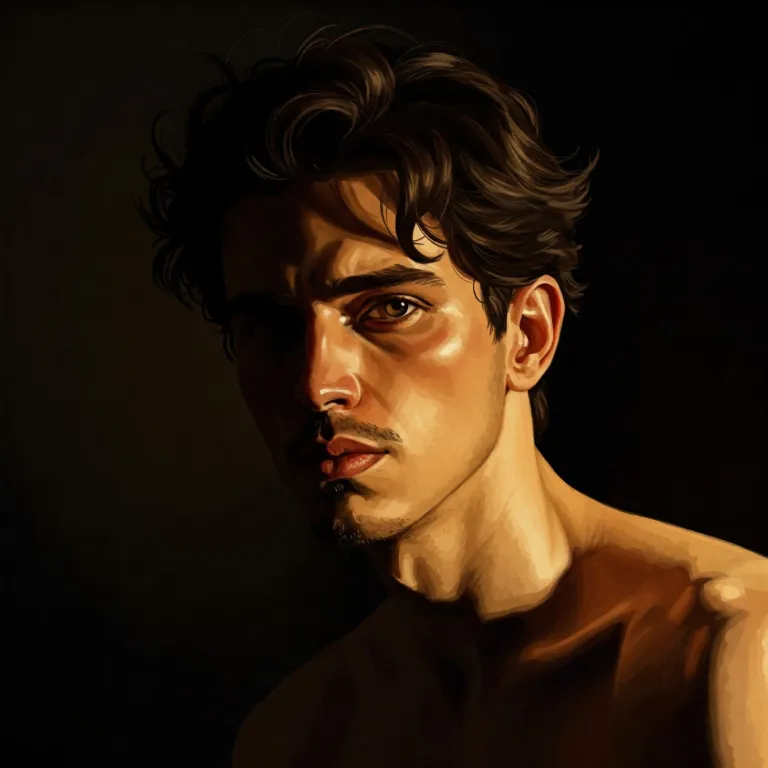
Dynamic compositions became the norm in Baroque art. Instead of static, evenly balanced scenes, the canvases burst with movement and energy. Diagonal lines, swirling forms, and a heightened sense of action characterized these works, making each painting a vibrant dance of light, shadow, and emotion. It was as if the very act of creation was a performance, each brushstroke a note in a grand symphony of artistic expression.
Furthermore, the emotional intensity of Baroque paintings set them apart. These works were not just visual experiences; they were emotional journeys. The robust figures, the stark contrasts, and the theatrical gestures conveyed stories of love, loss, and triumph. The raw human emotion encapsulated in these canvases resonates deeply, offering viewers an immersive experience that transcends time and space.
In today's art scene, the legacy of Baroque techniques remains a powerful source of inspiration. Artists continue to explore the balance between light and shadow, between controlled precision and expressive spontaneity. The dramatic techniques of the Baroque period remind us that art is not just about reproducing reality but about amplifying emotion and creating moments of awe.
Modern Approaches and Techniques: Bridging Tradition and Innovation
Modern oil painting is a melting pot of tradition and experimentation, where classical techniques harmonize with innovative methods to create artworks that are as expressive as they are technically proficient. In this era, artists are no longer confined by the strict boundaries of historical methods. Instead, they are empowered to experiment, to mix, and to break away from convention.
One of the most exciting aspects of modern oil painting is the interplay between traditional methods such as glazing and the adventurous spirit of modernity. Artists now often blend the meticulous layering of Renaissance techniques with the immediacy of Alla Prima, creating a fusion that speaks to both precision and emotion. This approach not only honors the past but also sets the stage for future innovations.
Modern painters embrace texture and experimentation with an open heart, using tools like palette knives and unconventional materials to add a tactile dimension to their work. Techniques such as impasto, where thick layers of paint create a three-dimensional effect on the painting surface, have gained renewed popularity. Meanwhile, scumbling—a method of applying a layer of broken, scratchy color over another layer—adds an element of spontaneity and intrigue.
The freedom of modern expression is complemented by the wealth of online resources available today. Aspiring artists can now access tutorials, virtual workshops, and digital communities that offer painting process step-by-step with guidance and support. This democratization of art education has made oil painting more accessible than ever, empowering a new generation of creators to explore and experiment with various techniques.
Artists today also have the opportunity to blend traditional techniques with digital innovation. For example, some painters start their work on a digital canvas, experimenting with composition and color before translating their vision to oil on canvas. This hybrid approach not only streamlines the creative process but also opens up new avenues for experimentation and artistic expression.
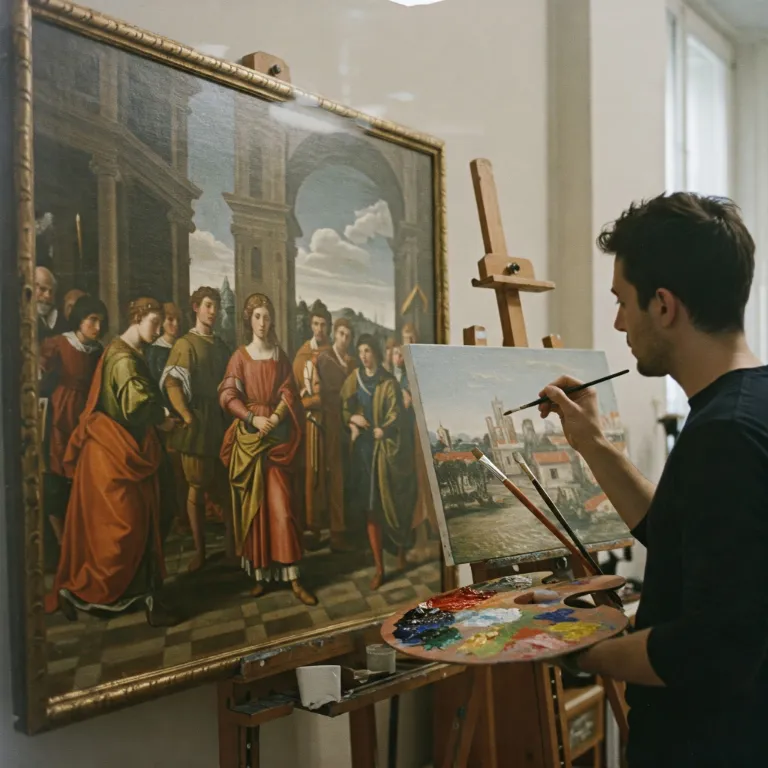
Oil Painting for Beginners: Simple Yet Profound Steps
For those taking their first steps into the vibrant world of oil painting, the journey can be as intimidating as it is exhilarating. But worry not—the path to mastery is paved with simple, deliberate strokes and a willingness to explore and learn. Beginners are encouraged to start with uncomplicated subjects such as still lifes, landscapes, or abstract compositions. These subjects allow you to focus on fundamental technique of oil painting without the distraction of overwhelming detail.
Starting with a modest palette and a few basic brushes can set you on the right track. Experiment with mixing colors and applying them in thin layers; explore the difference between wet-on-wet and glazing techniques. As you gain confidence, try experimenting with texture by incorporating methods like impasto—where you apply thick, expressive layers of paint—and scumbling, which involves using a dry brush to create a textured, broken effect.
Remember, every artist’s journey is unique. Embrace mistakes as opportunities to learn, and always allow your creativity to flow naturally. It’s important to keep your work area organized, use high-quality materials, and give yourself ample time to experiment and refine your techniques. The beauty of oil painting lies in its forgiving nature—its long drying time lets you adjust and perfect your work without rushing the process.
Custom Handmade Oil Paintings for Businesses: The Lenoir Decor Difference
In the realm of artistic expression, businesses are beginning to recognize the unmatched value of custom handmade oil paintings. At Lenoir Decor, we specialize in creating bespoke oil paintings that not only embody artistic mastery but also serve as a powerful tool for brand-building. Our craftsmanship bridges the gap between art and commerce, offering business owners an exclusive way to infuse personality, sophistication, and a touch of elegance into their spaces.
When customers walk into your establishment and are greeted by art that speaks to the history, passion, and creativity behind your business, it creates an immersive experience that goes far beyond ordinary decor. It tells a story of quality, dedication, and a relentless pursuit of excellence.
For businesses looking to stand out in competitive markets, custom oil paintings can transform a space into a memorable experience. Whether it's in a chic corporate lobby, an intimate boutique, or an innovative co-working space, our bespoke art pieces are designed to evoke emotion and convey a sense of timeless beauty. Embrace the fusion of art and commerce with Lenoir Decor, and let your brand narrative be painted in strokes of passion and brilliance.
Mastering Oil Painting Glazing: Achieving Luminous Effects
One of the most revered techniques in oil painting is glazing, a process that brings a luminous quality to each work of art. By applying thin, translucent layers over a dried underpainting, artists create depth and richness that captivates the eye. This technique, perfected during the Renaissance, involves mixing oil paint with a glazing medium and meticulously applying it layer by layer. Each layer is allowed to dry completely before the next is applied, ensuring that the final result is both vibrant and subtle in its tonal transitions.
Glazing not only enhances color saturation but also allows for a delicate interplay of light and shadow, transforming an ordinary painting into a luminous masterpiece. It requires patience and precision, but the rewards are breathtaking—a final canvas that seems to glow with an inner light. Artists who master this technique often find that their works possess a depth and vibrancy that continues to inspire awe and admiration.
Exploring Texture: Impasto, Scumbling, and Palette Knife Techniques
Texture plays a pivotal role in oil painting, adding a tactile dimension that brings artworks to life. Techniques such as impasto, scumbling, and the use of palette knives are essential for creating this rich, dynamic surface. Impasto technique involves applying thick layers of paint to form raised, textured areas on the canvas, offering both visual and physical depth. Scumbling, on the other hand, is characterized by a dry brushing technique that produces a broken, textured effect, ideal for conveying movement and spontaneity.
Palette knife techniques further expand your creative repertoire. Using a palette knife, artists can apply paint in bold, sweeping strokes, creating dramatic contrasts and unique textures that brushes alone may not achieve. These methods invite experimentation, encouraging artists to explore the interplay between form, color, and texture in innovative ways.
Integrating Techniques: Crafting a Personal Artistic Expression
The true beauty of oil painting lies in the integration of various techniques to form a unique artistic voice. Combining the detailed layers of Renaissance glazing with the expressive dynamism of Baroque chiaroscuro can result in a work that is both timeless and modern. Let your creative journey be guided by curiosity, passion, and an unwavering commitment to your craft. Every technique, whether traditional or experimental, is a thread in the rich tapestry of your artistic expression.
FAQs on Oil Painting Techniques
Q1: What are the primary differences between Renaissance and Baroque oil painting techniques?
A1: Renaissance techniques emphasize thin layers, meticulous glazing, and realistic detail, while Baroque techniques focus on dramatic lighting, dynamic compositions, and emotional intensity.
Q2: How can beginners start learning oil painting?
A2: Beginners should start with simple subjects, practice basic techniques like color mixing, and explore methods such as impasto and scumbling. Online tutorials and step-by-step guides are great resources to build confidence.
Q3: What is oil painting glazing and why is it important?
A3: Glazing involves applying thin, translucent layers over a dried underpainting to create depth, luminosity, and rich color transitions. It is a fundamental technique that enhances the overall vibrancy of a painting.
Q4: How do I choose the right canvas for my oil painting?
A4: Choose a canvas that is professionally primed and suited to your subject matter. A smoother canvas works well for detailed work, while a textured canvas can add dimension and enhance expressive techniques.
Q6: What are some practical tips for integrating multiple oil painting techniques?
A6: Experiment by blending classical techniques such as glazing with modern methods like impasto and scumbling. Embrace mistakes, seek inspiration from renowned artists, and continuously refine your approach to create a signature style.
Conclusion: A Journey of Expression and Innovation
Oil painting is not just a medium—it’s an emotional voyage through time, technique, and creativity. From the refined elegance of Renaissance art to the impassioned intensity of the Baroque, each stroke carries a legacy of human expression. Today’s artists stand on the shoulders of giants, empowered by centuries of innovation and eager to carve out their own niche in the ever-evolving world of art.
At Lenoir Decor, we believe in the transformative power of art. Our custom handmade oil paintings are a testament to this belief, merging tradition with modernity to create pieces that are as emotionally evocative as they are visually stunning. Whether you are an aspiring artist or a business owner seeking to make a lasting impression, the journey into masters of oil painting techniques is one of endless discovery—a journey that promises to enrich your creative soul and inspire you every day.
Embrace the magic of oil painting techniques, experiment fearlessly, and let your creativity shine through every brushstroke. The world of art is vast, and your unique voice is waiting to be heard. May your artistic journey be filled with passion, innovation, and an ever-deepening love for the timeless beauty of oil painting.


